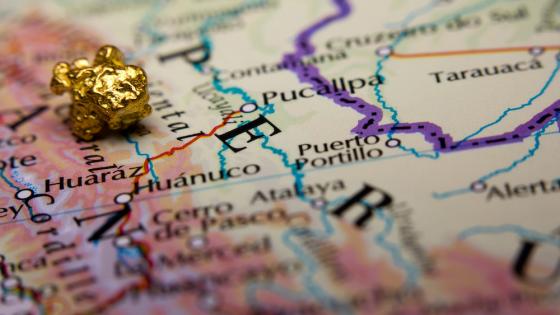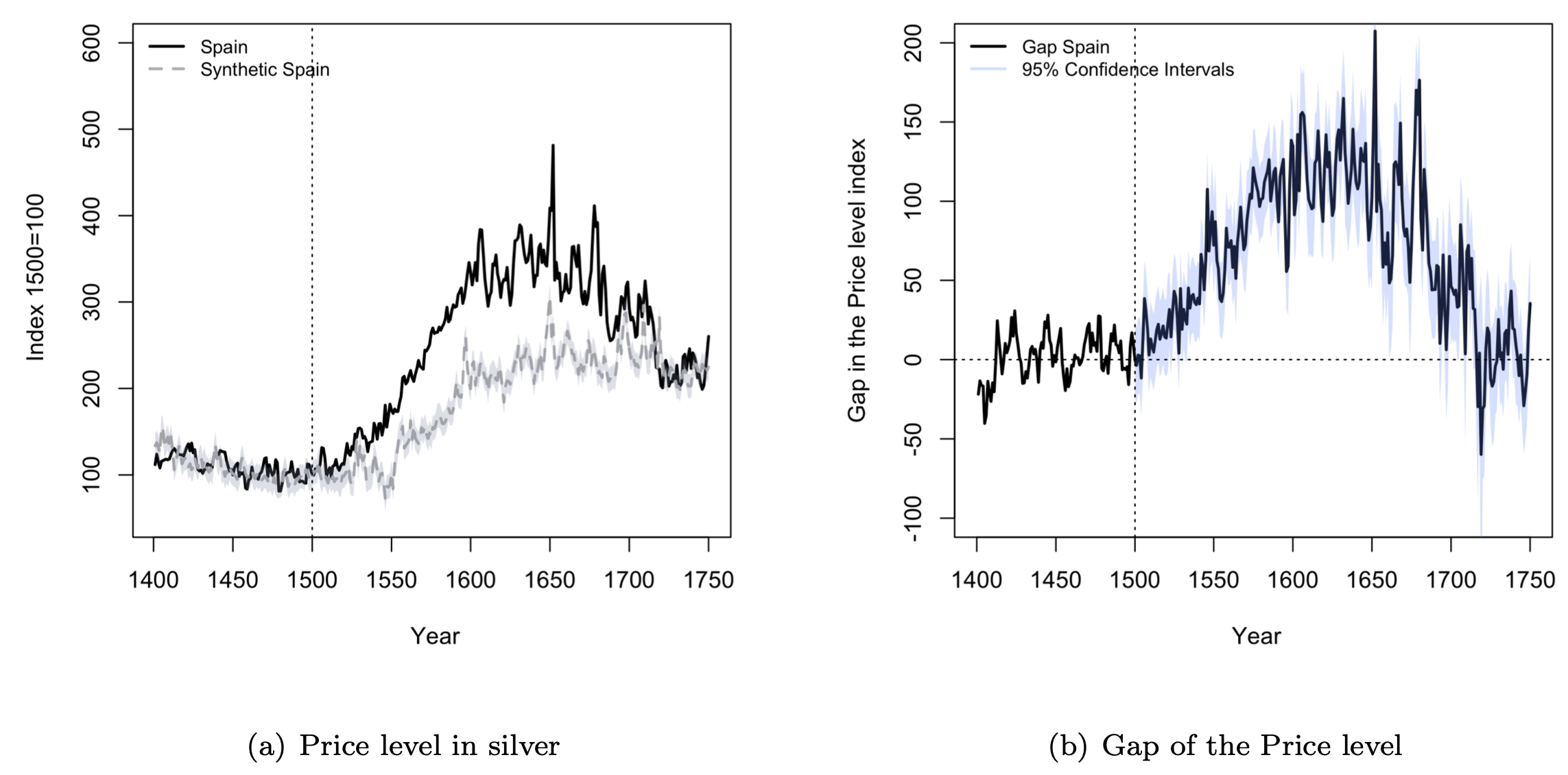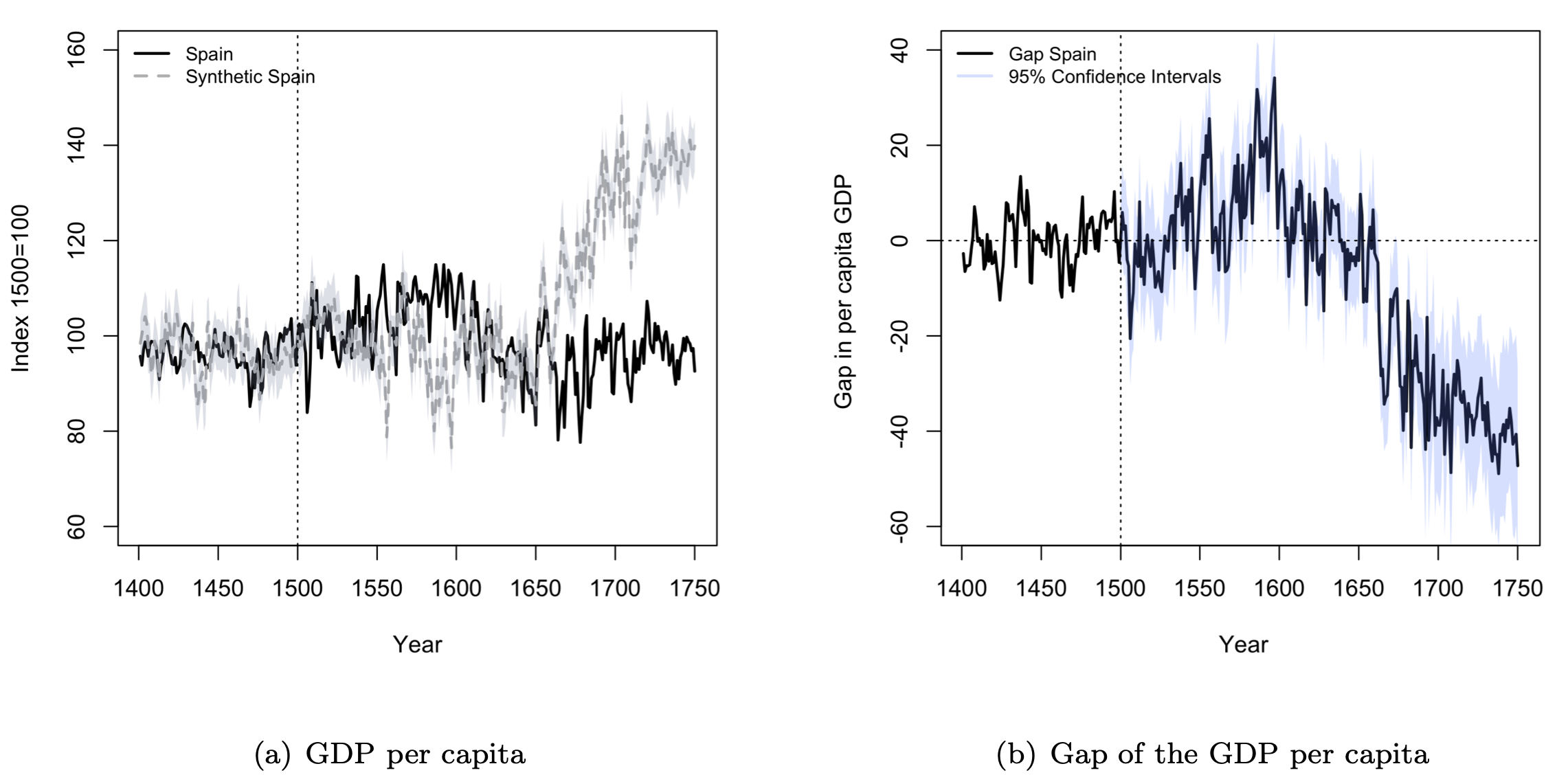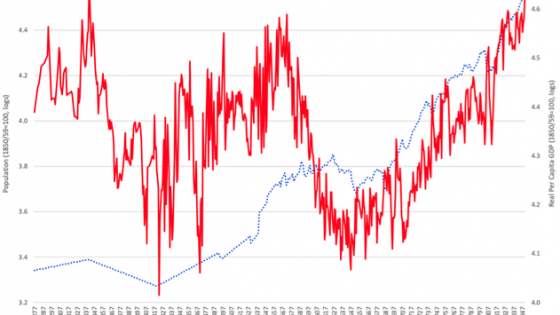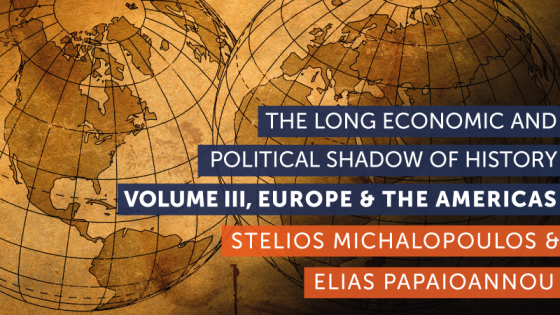Spain was a first-rank European power around 1500. But its economic growth was cut short at the end of the 16th century, giving way to a sustained decline and then falling behind Western Europe (Prados de la Escosura et al. 2020). While it has been known for some time that there is “extremely abundant evidence pointing to a decline in herding, agriculture, industry, and trade in the Spain of the seventeenth century” (Vives 2015: 411), there is currently no consensus in the literature with regards to the underlying cause for Spain’s decline.
Contrary to much of the English-language literature, which blames the decline – economic and scientific – of Iberia on initial institutions, weak state capacity, or religion (Henriques and Palma 2019), in a recent paper (Charotti et al. 2022) we argue that the underlying key cause of the Iberian decline was a resource curse associated with the endowment of precious metals in the Americas. From an economic perspective, the influx of metals made tradable industries less competitive because inflation led to an appreciation of the real exchange rate. As a result, imports increased and exports were much reduced (Drelichman 2005). In addition, there was a political effect: institutions deteriorated as power became more absolute and the state was captured by foreign interests and internal lobbies (Vives 2015, Drelichman 2007). While previous research has covered different aspects of the resource curse in early modern Spain, no modern empirical evaluation of the long-run counterfactual was previously available. This is what we do in our paper.
We rely on macroeconomic time series data from recent developments in the historical national accounts literature. The data consist of GDP and price-level estimates built from detailed information on market prices for goods, wages, and land rents collected from a variety of sources at an yearly frequency. We combine time series spanning three centuries from different Western European countries, in particular Spain (Álvarez-Nogal and Prados de La Escosura 2013), the UK (Broadberry et al. 2015), France (Ridolfi and Nuvolari 2021), Italy (Malanima 2011), and Sweden (Krantz 2017).
We employ the augmented synthetic control method to analyse the impact of the influx of the American treasure (see Abadie 2021 and Ben-Michael et al. 2021 discussions). More specifically, we construct a ‘doppelganger’ that, for the post-treatment period, can be interpreted as the expected trajectory of the Spanish economy if the country had not been the first receiver of these precious metals. This synthetic counterfactual is estimated as a weighted average of each outcome variable of interest for other Western European countries, with the weights being determined by pre-treatment similarities.
In Figure 1 panel (a), the series represented by the dark solid line shows the real evolution of the price level (measured in silver units) for the Spanish economy, while the light dashed line shows the estimated synthetic counterfactual. Accordingly, the difference or the gap between real and synthetic Spain represents the treatment effect, as depicted in panel (b). Our findings highlight that, compared with a synthetic counterfactual, the price level in Spain increased by up to 200% more by the mid- 17th century.
Figure 1 Gap and the price level in silver (index 1500=100)
Notes: We used the ridge augmented synthetic control method. The shaded area in the (a) figure is one standard deviation of the difference between the outcome of interest and the estimated counterfactual during the pre-treatment period. The price level index gap in figure (b) is defined as the difference between the observed price level index and the estimated counterfactual.
With respect to GDP per capita, as shown in Figure 2, Spain outperformed other European nations for around a century: by 1600, it was close to 40% higher than in its counterfactual. However, this effect was reversed in the following 150 years: by 1750, GDP per capita was 40% lower than it would have been if Spain had not been the first-wave receiver of the American treasure.
Figure 2 Gap and GDP per capita in 1990 G-K dollars (index 1500=100)
Notes: We used the ridge augmented synthetic control method. The shaded area in the (a) figure is one standard deviation of the difference between the outcome of interest and the estimated counterfactual during the pre-treatment period. The gap in per capita GDP in figure (b) is defined as the difference between the observed GDP per capita index and the estimated counterfactual.
We argue that the mechanism behind the patterns observed in Spain was a resource curse, which had both an economic (‘Dutch disease’) and political dimension (Henriques and Palma 2019). Our results also highlight the fact that monetary forces can have distributional and permanent consequences in the long run.
References
Abadie, A (2021), “Using synthetic controls: Feasibility, data requirements, and methodological aspects”, Journal of Economic Literature 59(2): 391-425.
Álvarez‐Nogal, C and L P De La Escosura (2013), “The rise and fall of Spain (1270–1850)”, The Economic History Review 66(1): 1-37.
Ben-Michael, E, A Feller and J Rothstein (2021), “The augmented synthetic control method”, Journal of the American Statistical Association 116(536): 1789-1803.
Broadberry, S, B M Campbell, A Klein, M Overton and B Van Leeuwen (2015), British economic growth, 1270–1870, Cambridge University Press.
Charotti, C, N Palma and J Pereira dos Santos (2022), “American treasure and the decline of Spain”, The University of Manchester Economics Discussion Paper Series EDP-2201.
Drelichman, M (2005), “The curse of Moctezuma: American silver and the Dutch disease”, Explorations in Economic History 42(3): 349–380.
Drelichman, M (2007), “Sons of something: Taxes, lawsuits, and local political control in sixteenth-century Castile”, The Journal of Economic History 67(3): 608–642.
Henriques, A and N Palma (2019), “Comparative European institutions and the ‘Little Divergence’, 1385–1800”, VoxEU.org, 10 December.
Krantz, O (2017), “Swedish GDP 1300-1560: A tentative estimate”, Lund University, Department of Economic History.
Malanima, P (2011), “The long decline of a leading economy: GDP in central and northern Italy, 1300–1913”, European Review of Economic History 15(2): 169–219.
Prados de la Escosura, L, C Álvarez-Nogal and C Santiago-Caballero (2020), “Growth Recurring in a Preindustrial Economy: Spain in a Half-Millennium Perspective”, VoxEU.org, 7 May.
Ridolfi, L and A Nuvolari (2021), “L’histoire immobile? A reappraisal of French economic growth using the demand-side approach, 1280–1850”, European Review of Economic History 25(3): 405– 428.
Vives, J V (2015), Economic History of Spain, volume 2416, Princeton University Press.
